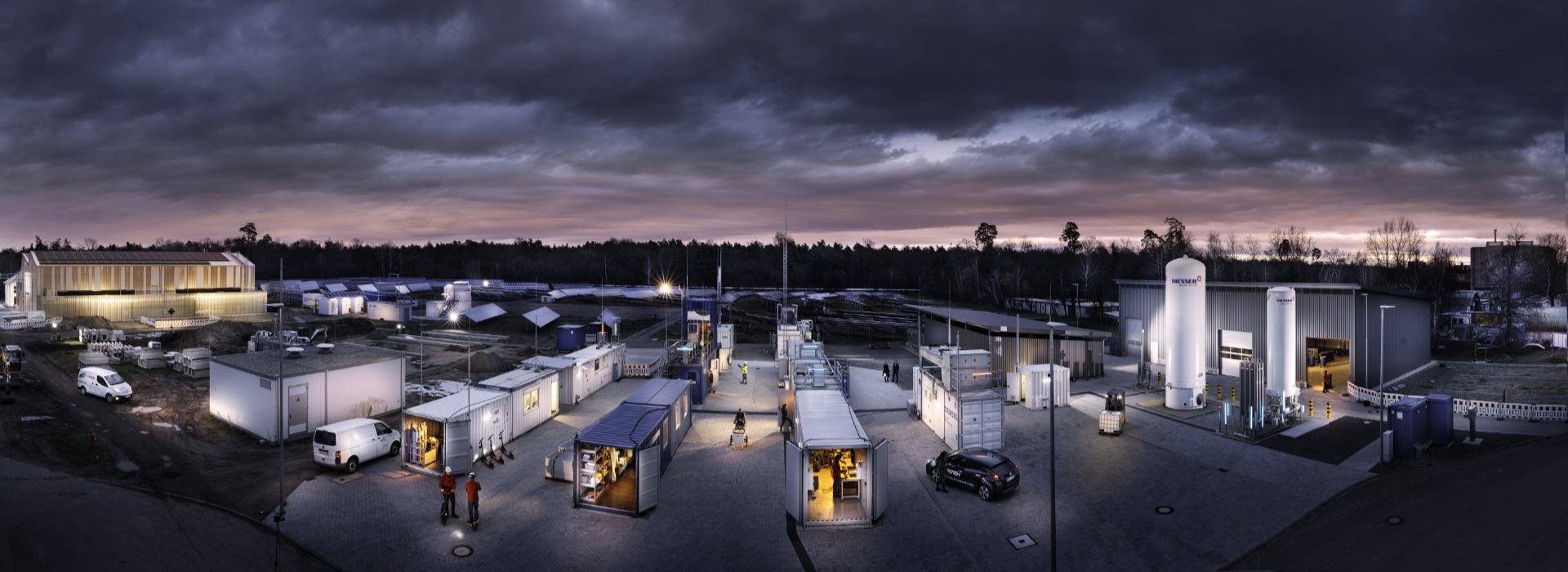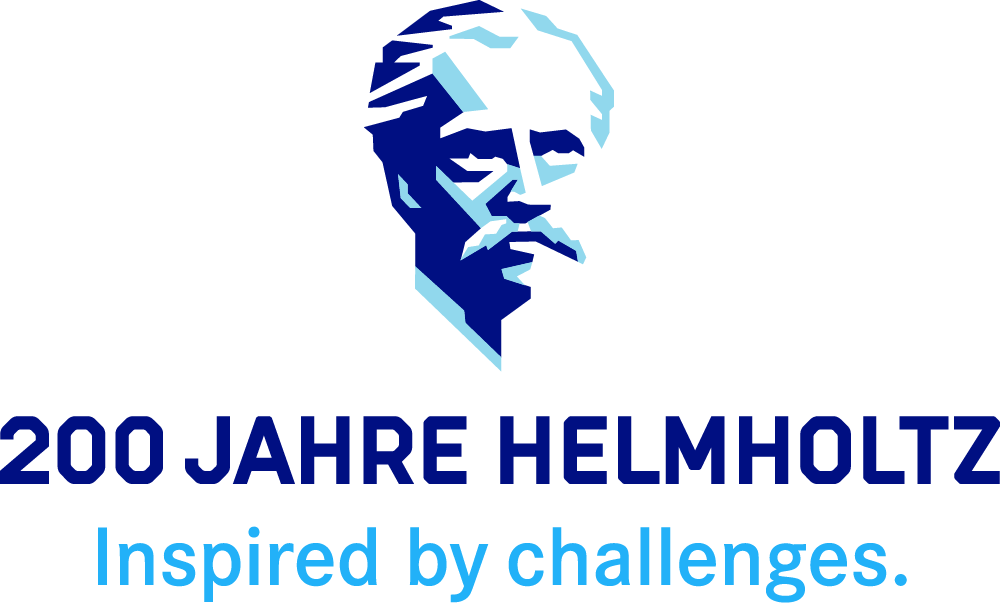Renewable Energy System Design Tools

Helmholtz Program Energy System Design (ESD)
Designing the Energy System of the Future
Our future energy supply should be carbon neutral, affordable, and socially sustainable. With our "Energy System Design" program, we aim to lead the way and make a significant contribution to the transition to a sustainable global energy system.
Our holistic approach: We understand the transformation of the energy system as a complex process that not only involves innovative technologies, but also affects numerous societal actors. Our scientists investigate ethical, social, political, economic, technological, and environmental aspects involved in this transition and use these as the basis for concrete recommendations on how the entire system can be successfully restructured.
Our goal is to develop an integrated energy system where energy is stored and transported in various forms, intelligent distribution networks control the flow of energy, and consumers become energy producers and can even feed electricity into the network themselves. Our researchers design all the methods and technologies required for this – from smart residential areas and urban districts through to digitally controlled European transmission grids.
By pooling our expertise in this way, we aim to play a role in transforming every area of the energy system by 2050 and beyond. We involve interest groups, political decision-makers, and the general public in this process, for example by assessing new technologies at the system level and providing access to models, methods, and tools for designing and operating energy systems. We team up with stakeholders from society in real-world laboratories, where we address current issues such as urban development, sustainability, and mobility. Together with partners from the industrial sector, we develop solutions that allow us to rapidly transfer our findings into applications.
The research infrastructure in the participating Helmholtz Centers plays a key role in our work. The "Energy Lab 2.0", "Living Lab Energy Campus", and "NESTEC" examine whether new approaches are technically feasible at the system level. They link energy networks and components that can be operated with real hardware under controlled conditions. These are complemented by large-scale software platforms that create models for energy systems, for instance, or simulate various scenarios depending on the weather conditions.
Overview
- In the "Energy System Design" program we are aiming to design the integrated energy system of the future.
- We are pursuing this goal by taking a holistic approach and incorporating ethical, social, political, economic, technological, and environmental aspects in their work.
- Our scientists assess new technologies and provide access to models, methods, and tools that can be used to design and operate the energy system of the future.
- Interest groups, political decision-makers, and the general public are integrated in the entire transition process.
Topics
- Energy System Transformation
- Digitalization and System Technology
Other participating Helmholtz Centers
German Aerospace Center (DLR)
Forschungszentrum Jülich (FZJ)
Helmholtz-Zentrum Berlin für Materialien und Energie (HZB)
NEWS

October 2021: Energy Transition: New Technologies for Sector Coupling
Smart networking, control, and optimization of power, heat, and gas supplies are the keys to a climate-neutral energy system. Karlsruhe Institute of Technology (KIT) possesses a unique research infrastructure for the transdisciplinary development and testing of new strategies and technologies for sector coupling on the prototype scale. On their way towards a new, holistic modeling system, researchers have now reached first milestones. The Federal Ministry of Education and Research (BMBF) has agreed to increase funding for the SEKO (sector coupling) real-world lab by EUR 10 million to a total of 16.5 million euros.
Press Release 093/2021

July 2021: See our new Video about the Energy Lab 2.0!
The overall mission of the large-scale research infrastructure Energy Lab 2.0 is to develop technological solutions for the energy system in 2050 in order to successfully integrate the renewable energies into the power grid. Especially by conducting technology-oriented research on a demonstrator scale and complementing it with comprehensive energy systems analysis. The "brain" of the Energy Lab is the Smart Energy System Simulation and Control Center (SEnSSiCC). From here, many of the Energy Lab systems can be controlled. All relevant data is collected here. The SEnSSiCC laboratory of the Institute for Automation and Applied Informatics (IAI) and the Institute of Technical Physics (ITeP) consists of five sub-labs, which are linked to each other by data and power technology and enable large-scale experiments in the range of 1.4 MW.
Video on YouTube

May 2021: 200 Jahre Helmholtz – Inspired by challenges
Anlässlich des 200. Geburtstags unseres Namensgebers Hermann von Helmholtz präsentieren wir im Laufe des Jahres Stück für Stück 200 große wissenschaftliche Herausforderungen unserer Zeit – die Challenges, an denen unsere Forscherinnen und Forscher tagtäglich arbeiten.
Helmholtz200

April 2021: The Amazing Field of Science: Bioeconomy to End the Ecological Crisis
Population growth and the increasing standard of living make our society face big ecological challenges: Climate change, littering of the seas, dwindling agricultural areas, resource scarcity. Bioeconomy aims at replacing fossil by regenerative resources and at using advanced and sustainable technologies based on biological knowledge and principles. Visions and questions relating to bioeconomy, the subject of the current science year, were in the focus of the first digital annual celebration of Karlsruhe Institute of Technology (KIT).
Press Release 36/2021

March 2021: Hannover Messe 2021: KIT Showcasing Selected Highlights of Technology Development at Two Virtual Booths from April 12 to 16
A plant-inspired anti-reflective film, a flexible production system for individualized products, a digital assembly assistant, the world's smallest transistor, and climate-neutral synthetic fuels. Karlsruhe Institute of Technology (KIT) will present these and other research and innovation topics at the Hannover Messe 2021. At the digital event from April 12 to 16, the KIT will showcase selected highlights at the virtual booths "Future Hub" and "Energy Solutions". An overview will be provided by the two live streams on April 13, 2021, from 11:00 a.m. to 11:25 a.m. on the "Future Hub" and on April 14, from 10:30 a.m. to 10:55 a.m. on "Energy Solutions".
Press Release 27/2021
Renewable Energy System Design Tools
Source: https://www.esd.kit.edu/
Posted by: parkerbary1954.blogspot.com

0 Response to "Renewable Energy System Design Tools"
Post a Comment